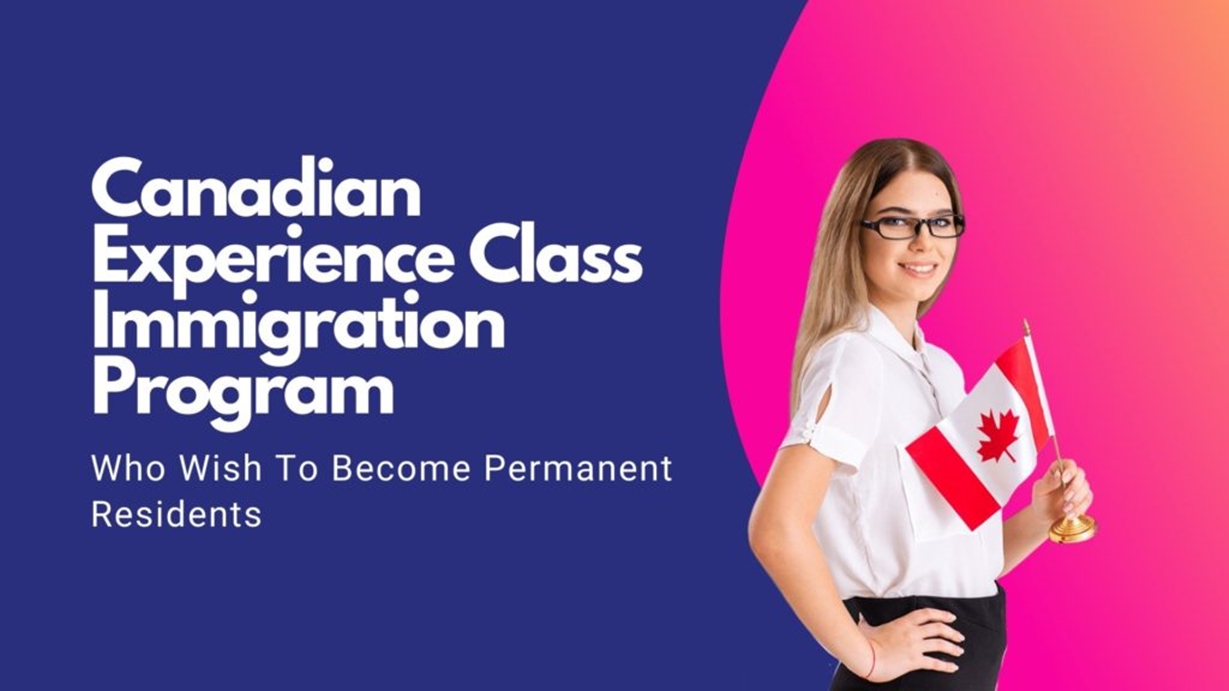Instruction: Inviting Your Family Members, Relatives or Friends to Visit Canada As an International Student
If your family or friends want to visit you in Canada for either your convocation or just a vacation, they will need to apply for a Temporary Resident Visa (TRV). This application can be completed at the Canadian Embassy, Consulate, Visa Office or High commission office closest to where they live (if they are from a country which requires a TRV to enter Canada).
Countries whose citizens require a TRV to enter Canada can be found on Citizenship and Immigration Canada’s website at: http://www.cic.gc.ca/english/visit/visas.asp
Students must complete 6 months of studies in Canada to invite family or friends. Applications are typically denied by Canadian officials when students are unable to prove that they have been registered for 6 months of studies.
You may send the following documents to the family/friends you wish to invite; they can use these as supporting documents when applying for a TRV at the Canadian Consulate back home.
“TRV” is an abbreviation for “Temporary Resident Visa.” A Temporary Resident Visa is an official document issued by Canadian immigration authorities that allows individuals to enter Canada for a temporary period, usually for tourism, visiting family or friends, attending business meetings, or studying. It is commonly referred to as a visitor visa.
To apply for a TRV to Canada, individuals typically need to complete an application form, provide supporting documents (such as a passport, travel itinerary, proof of funds, etc.), pay the application fee, and possibly attend an interview or provide biometric information (such as fingerprints and a photo). The specific requirements and procedures can vary depending on the applicant’s nationality, country of residence, and the purpose of their visit.
It’s important to note that obtaining a TRV does not guarantee entry into Canada. Immigration officers at the port of entry will still assess the traveler’s admissibility and may deny entry if they believe the individual does not meet the requirements or poses a risk to Canada’s security or safety.
To apply for a Temporary Resident Visa (TRV) to Canada, follow these general steps:
- Determine your eligibility: Review the requirements for obtaining a TRV on the official website of Immigration, Refugees and Citizenship Canada (IRCC). Ensure you meet the eligibility criteria based on your purpose of travel and personal circumstances.
- Gather required documents: Collect all necessary documents to support your TRV application. Commonly required documents include a valid passport, completed application form (IMM 5257), photographs, proof of funds to cover your expenses in Canada, travel itinerary, and any additional documents specific to your situation (such as a letter of invitation, employment letter, etc.).
- Complete the application form: Fill out the appropriate TRV application form accurately and completely. Ensure all information provided is true and correct.
- Pay the application fee: Pay the required fee for processing your TRV application. The fee amount may vary depending on factors such as your nationality, age, and the type of visa you are applying for.
- Submit your application: Submit your completed application form, supporting documents, and proof of payment to the appropriate visa application center (VAC), consulate, embassy, or online portal as per the instructions provided by IRCC.
- Attend biometrics appointment (if required): If you are required to provide biometric information (fingerprints and photograph), schedule an appointment at a designated biometric collection center and attend the appointment at the specified date and time.
- Await processing: Once you have submitted your application, it will be processed by IRCC. Processing times vary depending on the volume of applications received and other factors. You can check the status of your application online using the application status tool provided by IRCC.
- Receive decision: IRCC will notify you of the decision on your TRV application. If approved, your TRV will be stamped in your passport, and you will be permitted to enter Canada for the specified period and purpose of travel. If your application is refused, IRCC will provide reasons for the refusal, and you may have the option to appeal the decision or reapply if eligible.
It’s essential to carefully follow the instructions provided by IRCC and submit a complete and accurate application to avoid delays or potential refusal. Additionally, consider consulting with an immigration lawyer or authorized representative for guidance and assistance with your TRV application, especially if you have complex circumstances or concerns.
1. Photocopy of your passport
2. Your Valid Status in Canada
- If you are currently enrolled in school: Photocopy of your study permit AND a current Confirmation of Registration letter. Your study permit should be valid for the duration of the time that your family/friends intend to stay in Canada. You will also need to include your official transcript.
or
- If you have completed degree requirements: Photocopy of your post-graduation work permit and/or study permit AND current Confirmation of Registration letter. At least one of your immigration documents should be valid for the duration of the time that your family/friends intend to stay in Canada. You will also need to include your official transcript.
3. Letter of invitation written by you
Note: The International Office does not provide letters of invitation; you must write the letter of invitation yourself. The following are guidelines taken from the CIC website. For more information, refer to http://www.cic.gc.ca/english/visit/letter.asp
Some visa offices may require that your letter be notarized by a Notary Public. Please note that a letter of invitation does not guarantee that a visa will be issued. Visa officers assess the applicant to determine whether they meet the requirements of the Immigration and Refugee Protection Act. Your letter must include all of the following information:
About the person being invited:
- Complete name
- Date of birth
- The person’s address and telephone number
- Your relationship to the person being invited
- The purpose of the trip (If you are inviting your parents for Convocation, you must include the dates of your convocation ceremony.)
- How long the person you are inviting intends to stay in Canada
- Details on accommodation and living expenses
- The date the person you are inviting intends to leave Canada About yourself:
- Complete name
- Date of birth
- Address and telephone number in Canada
- Occupation
- Status in Canada (e.g. student, worker, Canadian citizen, permanent resident)
Your parents/friends will have to provide proof of economic and social ties to their home country as part of their application. The stronger the ties to their home country, the greater the chance that they could successfully prove to an Immigration Officer that they will return to their home country after visiting Canada.
Economic ties include:
Bank statements, proof of financial investments, letters of employment, proof of business ownership, proof of property ownership, etc.
Social ties include: Evidence that family members back home depend on them for financial /social support and that they must return home after their visit in order to meet these social obligations.
If you state that you will be supporting your family and friends during their visit to Canada you will need to show proof of financial support using documents such as a bank statement and/or pay stubs or a letter of employment.
SAMPLE LETTER
The Canadian Embassy,
Immigration Section
xxx xx, 20xx
Dear Visa Officer,
Re: Letter of invitation for my parents (xxx xxx and xxx xxx)
This letters is to support the Temporary Resident Visitor Visa application of my parents. My father, xxx xxx (born xxxx, 19xxx) and my mother, xxx xxxx (born xxxx xx, 19xxx) live at xxxx. Their home phone number is xxxxxxxx.
It has been one year since I have seen my parents and so I would like to invite them to spend some time with me here in Canada. They intend to stay with me at my home for 2 weeks, from xxxx to xxxx, 20xx. They will be booking their flights to leave India on xxx 20xx. Housing and food costs during their stay will be covered by me; they will cover all other costs for their trip.
I am currently an international student, studying at xxxx College in Toronto, Ontario. I have attached a copy of my passport and study permit. My date of birth is xxxx, 19xx. My address is xxxxxxxx.
My phone number is xxxxx and my email address is xxxxxxxxx@gmail.com
Thank you in advance for consideration of my parents’ temporary resident visa application.
Sincerely,
xxxx xxxx
SAMPLE LETTER FOR INVITING FAMILY TO CONVOCATION
The Canadian Embassy,
Immigration Section
xxx xx, 20xx
Dear Visa Officer,
Re: Letter of invitation for my parents (Hu Chan and Bao Chan)
This letters is to support the Temporary Resident Visitor Visa application of my parents. My father, xxxx xxx (born xxxx, 194xx) and my mother, xxxxx xxx (born xxx, 19xx ) live at xxxx P.R China 200xxx. Their home phone number is xxx.
I am an international student in Canada. I completed my Two Year Business Accounting program on xxxx, 20xx at xxxx College in Toronto. I would like to invite my parents to attend my convocation ceremony that will take place on xxxx, 20xx in Toronto. They intend to stay with me at my home for 2 weeks, from xxxx to xxxx, 20xx. They will be booking their flights to leave P.R China on xxxx, 2012. Housing and food costs during their stay will be covered by me; they will cover all other costs for their trip.
I have attached a copy of my passport and study permit. My date of birth is xxxx 19xxx. I live at xxxx, Toronto, Ontario, xxxxxx. My phone number is xxxxx and my email address is xxxxxx@hotmail.com
Thank you in advance for consideration of my parents’ temporary resident visa application.
Sincerely,
xxxx xxxx





